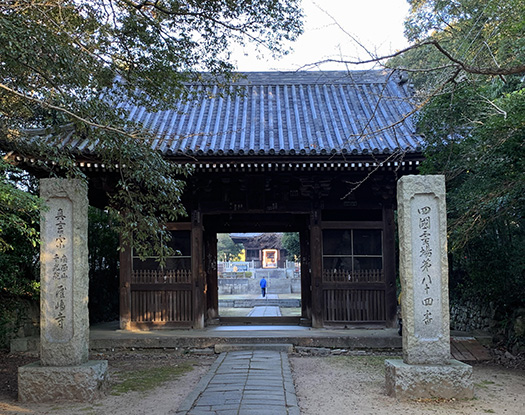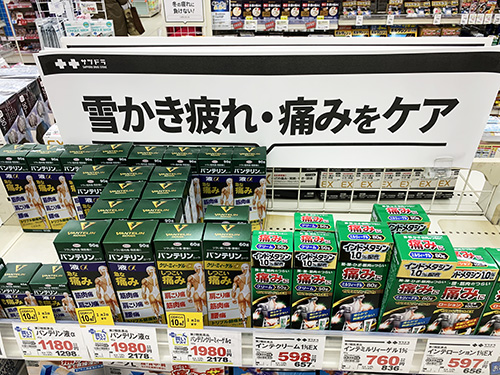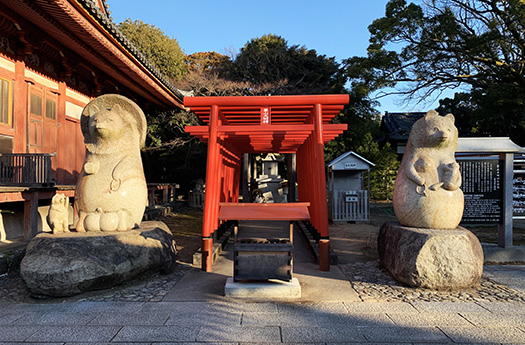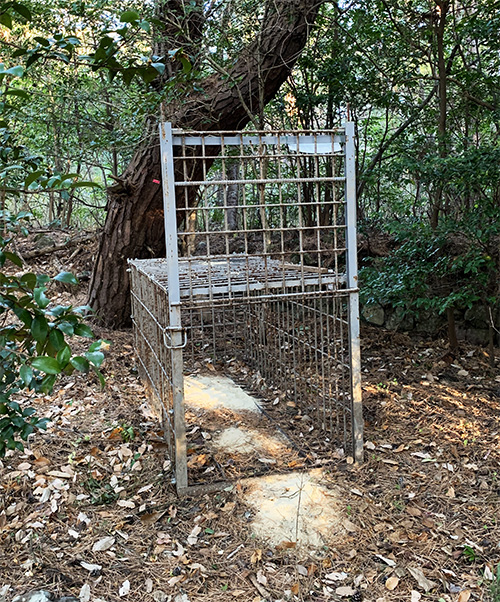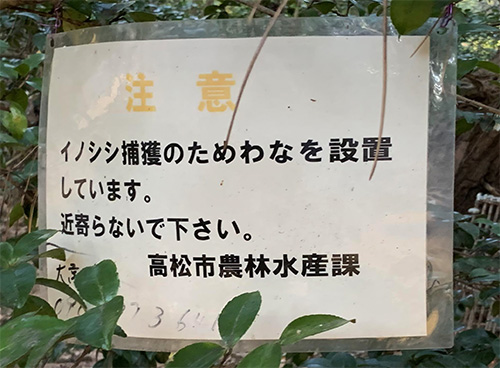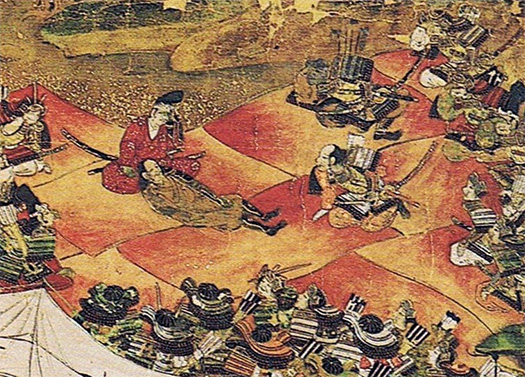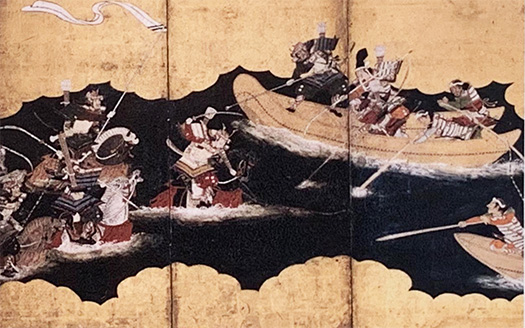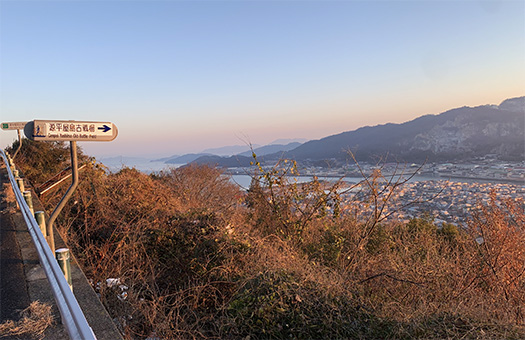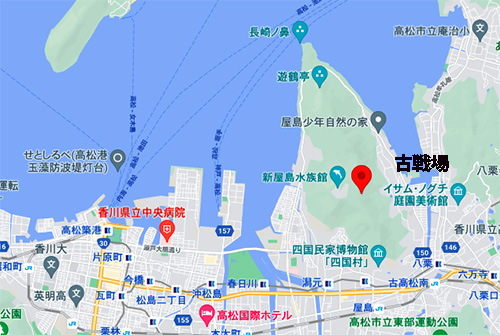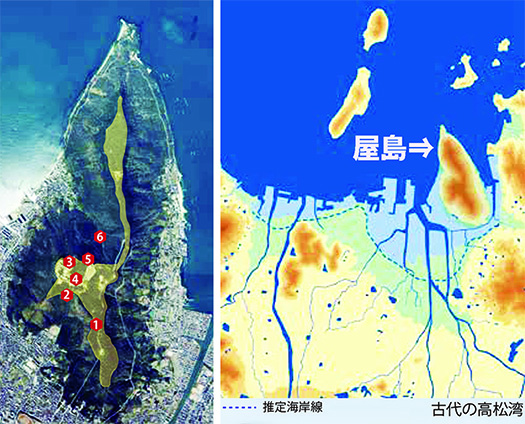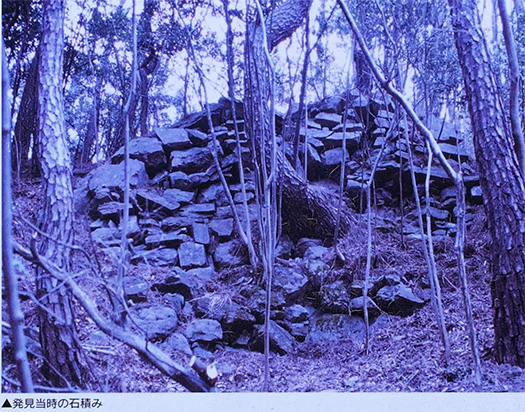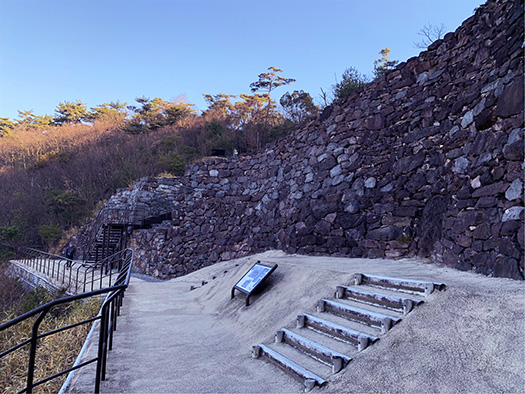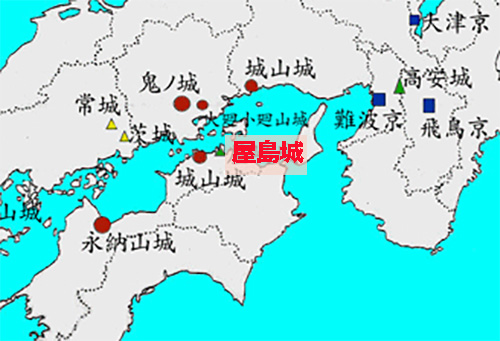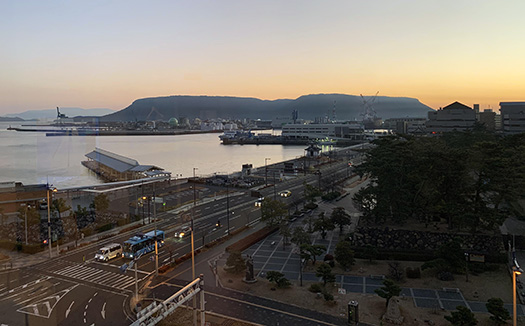

さて、屋島寺の本堂建築であります。
屋島寺自体は鑑真の来朝時までさかのぼる。
753年12月に鹿児島に到着し12月26日に太宰府に到着して、
翌年2月4日に奈良の都に入城している。
この間の上洛途上のいずれか時点で屋島に来て、開山痕跡を残したとされる。
唐・新羅連合軍との白村江海戦は663年だから鑑真の時代でも90年前のこと。
鑑真自身は唐の国家からは来日を許可されないままだったので、
国家間の関係についてはあまり関係がなかっただろうけれど、
それでも奈良の都への途次で印象的な景観の屋島を見てか、
随行者などから屋嶋城の来歴を聞いて事前段階でアタリを付けていたに違いない。
鑑真というのは国家が認定する「僧」の資格付与、学問的宗教的権威の招来。
鎮護国家の政策から四国の要衝として屋島に国家寺院を開く方針は
事前段階で決まっていたように思われる。
現在地から1kmほどの屋島北嶺山上に前身とされる千間堂(遺跡)を造作した。
そして直後に弟子を遣わし正式に屋島に寺を開かせている。
その62年後・815年に嵯峨天皇の勅願を受けた空海は古代山城屋嶋城の閉鎖に伴い
南嶺の屋嶋城本部跡地に堂を北嶺から移設した。
その堂社が存在したのだろうけれど、初源の現存本堂堂社は650年あまり前の
鎌倉末期創建とされる。ということは源平合戦の150年くらい後の時代で、
創建時に於いてすでに大きな歴史事象の舞台という認識があったでしょう。
本堂:入母屋造、本瓦葺き。鎌倉時代の前身堂の部材を用いて1618年建立。
その後、江戸期、昭和期と大修理・解体修理を繰り返して現代に至っている。

こちらは四天門で増長天・持国天、多聞天・広目天の四天王像が安置。
これらは950年頃、現在の本尊となる十一面千手観音坐像とともに造作されたという。
時代背景なども整理整頓してみると、まことに歴史の宝庫。
西の九州の地は太宰府が置かれ、対外交流、戦争の拠点という歴史が積層し、
一方東の畿内地域はそれこそ日本史の主要舞台。
そういうなかで四国と瀬戸内地域はそれらと連関しながら歴史模様と人間模様が
さまざまなモザイク画を構成してくれている。
北海道人としてはこれほど人間痕跡が発掘できるということに深く驚かされる。
ここまでわかってくれば、現代もまたそういう通史のなかでの思考が可能になる。
冷静な時代認識がはるかに優勢になるのだろうなと思わされる。
それこそ「国の成り立ち」がいまに息づいていると羨望の思いが募る。
English version⬇
[History stacking in “Yashimaji Main Hall” Shikoku / Yashima-9]
By the way, it is the main hall architecture of Yajima Temple.
Yajimaji itself dates back to the time of Jianzhen’s arrival in the morning.
Arrived in Kagoshima in December 753, arrived in Dazaifu on December 26, and arrived in Dazaifu.
He entered the city of Nara on February 4, the following year.
It is said that he came to Yashima at some point on the way to Joraku during this time and left a trace of Kaisan.
The battle with the Tang-Shinra Allied Forces on the Shiramura River was in 663, so it was 90 years ago even in the Jianzhen era.
Jianzhen himself was not allowed to come to Japan by the Tang dynasty, so
He wouldn’t have much to do with the relationship between nations,
Still, do you see Yashima, which has an impressive landscape on the way to the capital of Nara?
He must have heard the history of Yashima Castle from his companions and others, and made an atari in advance.
Jianzhen is the qualification of a “monk” recognized by the state and the invitation of academic and religious authority.
From the policy of the guardian state, the policy of opening a national temple in Yajima as a key point of Shikoku is
It seems that it was decided in advance.
The predecessor Sengen-do (ruins) was built on Mt. Kitamine, Yashima, about 1km from the current location.
Immediately after that, he sent a disciple to formally open a temple in Yashima.
62 years later, Kukai received the request of Emperor Saga in 815 due to the closure of the ancient Yamashiro Yashima Castle.
He relocated the temple from Hokurei to Nanmenzan on the site of the former Yashima Castle headquarters in Nanmenzan.
The shrine may have existed, but the existing main shrine of the first source was about 650 years ago.
It is said to have been built in the late Kamakura period. That means about 150 years after the Genpei War,
At the time of its foundation, it would have been recognized that it was already the stage of a major historical event.
Main hall: Irimoya-zukuri, tiled roof. Built in 1618 using the materials of the predecessor hall of the Kamakura period.
After that, major repairs and dismantling repairs were repeated in the Edo period and the Showa period, and it has reached the present age.
This is the four heavenly gates where the statues of Zhouchoten / Mochikokuten and Tamonten / Hirometen are enshrined.
It is said that these were created around 950 together with the eleven-faced Senju Kannon sitting statue, which is the current principal image.
If you try to organize the historical background, it is truly a treasure trove of history.
Dazaifu is located in the western part of Kyushu, and the history of foreign exchange and the base of war is piled up.
On the other hand, the Kinai region in the east is the main stage of Japanese history.
Under such circumstances, Shikoku and the Setouchi region have historical patterns and human patterns while linking with them.
They compose various mosaic pictures.
As a Hokkaido person, I am deeply surprised that human traces can be excavated so much.
If you understand so far, you will be able to think in such a history in the present age as well.
It seems that calm awareness of the times will be far more predominant.
Envy is raised that it is the “establishment of the country” that is still alive.
Posted on 1月 30th, 2022 by 三木 奎吾
Filed under: 住宅マーケティング, 日本社会・文化研究 | No Comments »


